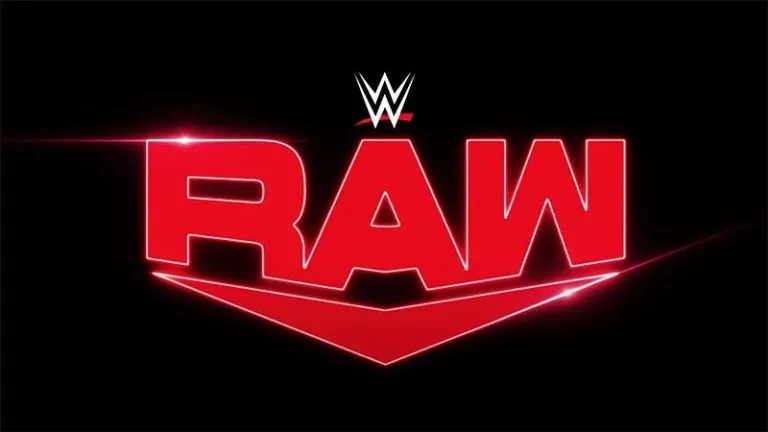Demystifying Collision Repair Facilities: Your Ultimate Guide
Welcome to the European Collision Center’s comprehensive guide on collision repair facilities. If you’ve ever been in a car accident or wondered about the process of repairing vehicle damage, you’re in the right place.
In this guide, we’ll delve deep into what collision repair facilities are, their functions, and why they are essential for vehicle owners. By the end, you’ll clearly understand how these facilities operate and how they can help you get back on the road safely.
Table of Contents
What Exactly is a Collision Repair Facility?
At its core, a collision repair facility is a specialized center equipped to repair vehicles damaged due to accidents or collisions. These facilities employ skilled technicians trained to assess, repair, and restore cars to their pre-accident condition. From minor dents to significant structural damage, collision repair facilities handle a wide range of repairs to ensure the safety and functionality of Cars.
The Importance of Choosing the Right Collision Repair Facility
Selecting the ideal collision repair facility ensures your vehicle undergoes top-notch repairs. A reputable establishment, like European Collision Center, boasts certified technicians, cutting-edge equipment, and a steadfast commitment to customer contentment.
Choosing such a facility guarantees your vehicle is in capable hands, providing peace of mind throughout the repair process. With a focus on precision and professionalism, these facilities prioritize customer satisfaction, ensuring your vehicle receives meticulous attention and expert care.
By making the right choice, you can rest assured your Car will be restored to its pre-accident condition with the utmost expertise and diligence.
Understanding the Repair Process
The repair process at a collision repair facility commences with a meticulous assessment of the vehicle’s damage. Technicians thoroughly inspect both the exterior and interior to identify all areas requiring repair.
Subsequently, a detailed repair plan is crafted, outlining the steps needed for restoration. This plan serves as a roadmap for technicians, guiding them through the repair process with precision and efficiency.
By documenting each aspect of the repair, the plan ensures clarity and consistency in execution, ultimately facilitating the vehicle’s successful restoration to its pre-accident condition.
Types of Repairs Offered
Collision repair facilities extend a broad spectrum of services tailored to rectify diverse vehicle damages. These encompass dent repair, addressing dings and dents caused by accidents with precision techniques. Paint refinishing restores the vehicle’s exterior by applying high-quality paint that blends with the original finish.
Frame straightening realigns structural integrity using advanced equipment and techniques. Additionally, facilities offer supplemental services like detailing for interior and exterior restoration and windshield replacement. These comprehensive offerings ensure vehicles function optimally and maintain their aesthetic appeal, fostering customer satisfaction and vehicle longevity.
Using OEM Parts vs. Aftermarket Parts
During the repair process, collision repair facilities face a crucial choice: original equipment manufacturer (OEM) or aftermarket parts. OEM parts, crafted by the vehicle manufacturer, offer precise fit and alignment with the vehicle’s original design.
Conversely, aftermarket parts produced by third-party companies may vary in quality and compatibility. Understanding these differences enables informed decisions. While OEM parts assure reliability and consistency, they may come at a higher cost.
Alternatively, aftermarket parts offer cost-effective options, albeit with potential variations in quality. Assessing these factors allows vehicle owners to select the most suitable choice for their repairs.
The Importance of Insurance
Insurance is a crucial component of the collision repair process, influencing various aspects of the repair journey. Numerous collision repair facilities establish direct partnerships with insurance companies, facilitating a smoother claims process for their clients.
This collaborative approach aims to expedite the assessment and approval of repair claims, ensuring that necessary repairs are promptly covered. Understanding the intricacies of your insurance policy is paramount, as it dictates the extent of coverage and potential out-of-pocket expenses.
When selecting a collision repair facility, prioritizing those with extensive experience navigating insurance claims can alleviate potential complications and foster a seamless repair experience.
Guarantees and Warranties
Reputable collision repair facilities prioritize customer satisfaction and stand behind their artistry with robust guarantees and warranties. These assurances testify to their commitment to quality and provide customers with peace of mind.
If any issues arise following the completion of repairs, customers can rest assured that the facility will address them promptly and without additional cost. Vehicle owners must inquire about the guarantees and warranties offered by collision repair facilities when making their selections.
By understanding the level of protection and support provided, customers can make informed decisions and trust that their vehicle is in capable hands.
The Future of Collision Repair
As technology advances, the collision repair industry adapts swiftly. Repair techniques evolve with advancements in materials and technology, replacing traditional methods with state-of-the-art equipment and precision systems.
Artificial intelligence integration revolutionizes repair processes, enhancing efficiency and accuracy. AI-powered systems analyze damage, guide repairs, and streamline operations, reducing turnaround times and improving outcomes.
Staying informed about these innovations is vital for vehicle owners, enabling educated decisions on repair options. Embracing technology ensures collision repair facilities meet the demands of modern vehicles, providing quality service and optimal results in restoring vehicles to pre-accident conditions.
Conclusion
In conclusion, collision repair facilities are vital in keeping our roads safe and ensuring that vehicles are restored to their pre-accident condition. By understanding what these facilities do and how they operate, you can make informed decisions about your vehicle’s repairs and ensure you receive the highest quality service possible. Whether you’ve been in an accident or are simply curious about the repair process, this guide has provided valuable insights into the world of collision repair. Remember, always opt for quality, expertise, and reliability when choosing a collision repair facility.






